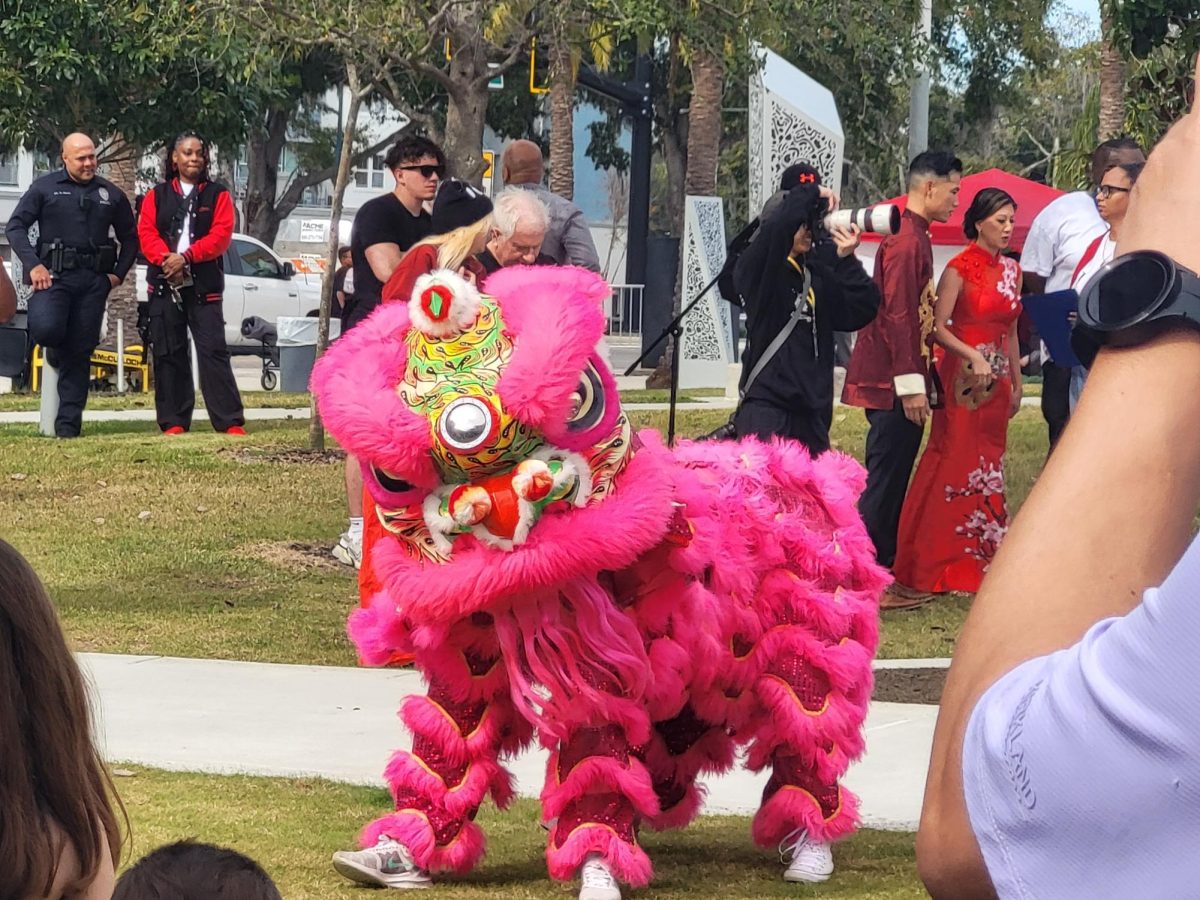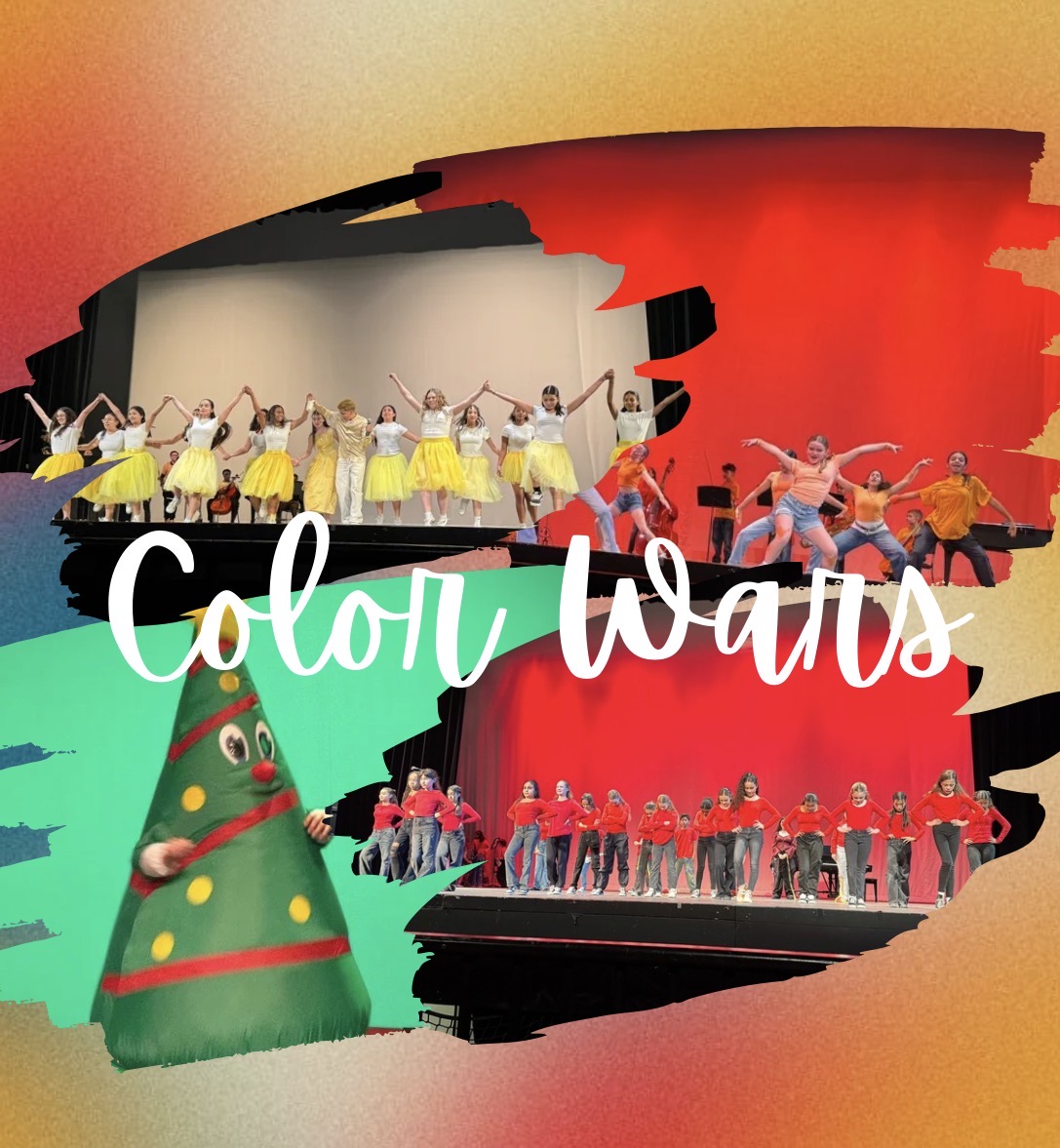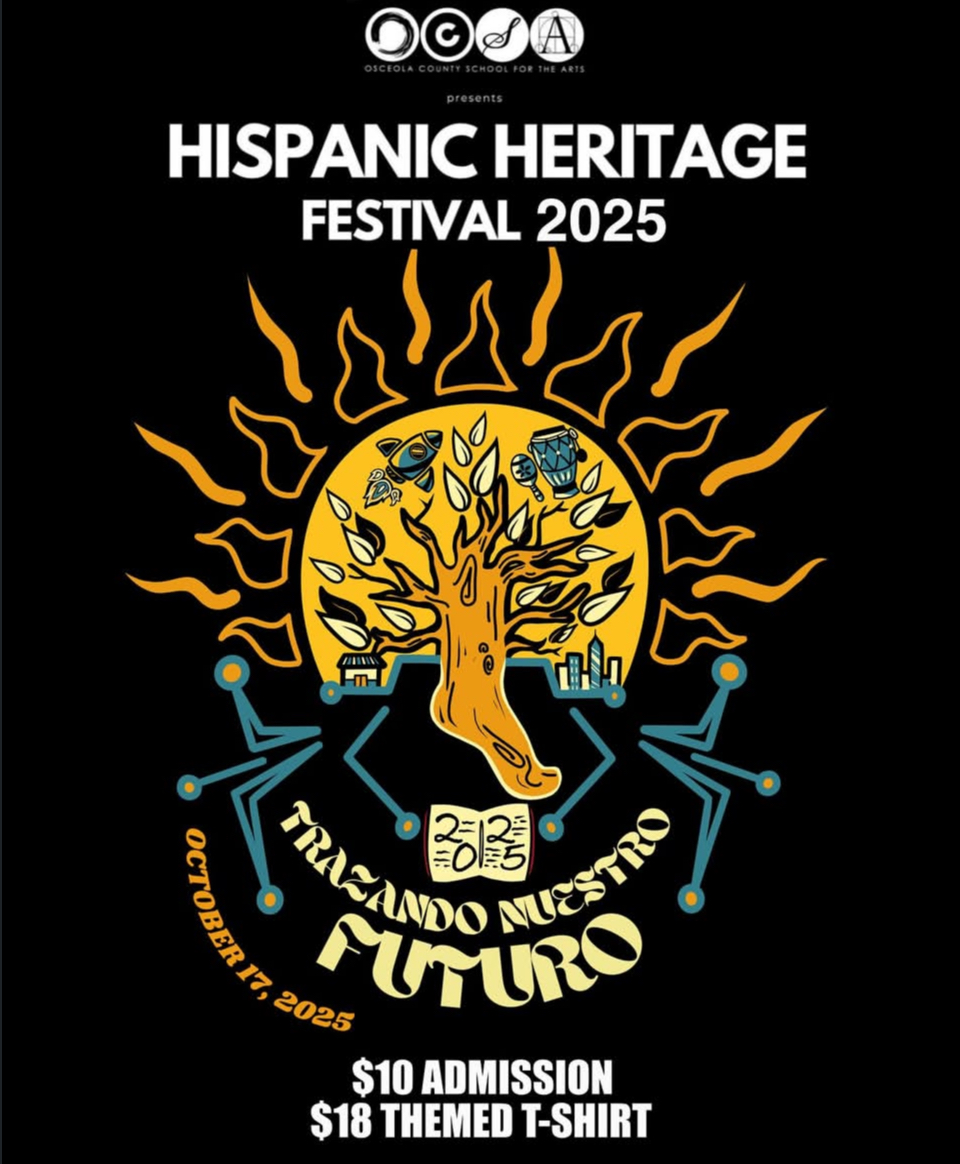Last week, January 29th welcomed the Lunar New Year with the Year of the Snake! Following the lunar calendar- which is based on the cycles of the moon- it is a festival celebrated in China, Japan, Indonesia, South Korea, Thailand, Vietnam, Malaysia, the Philippines, and Singapore.
Although the Gregorian date changes every year, it begins with the first new moon and ends on the following full moon, spanning a full 15 days. The term “Lunar New Year” is often used interchangeably with Chinese New Year; however, Lunar New Year is a blanket holiday that can refer to a multitude of different festivals that take place at the same time such as: 春节, Tết Nguyên Đán, 설날, etc.
Chinese New Year, also known as Spring Festival (春节), has a rich history of cultural traditions that have evolved over the past 3,000 years.
Starting at the end of the 12th lunar month at year end, there is a custom of sweeping dust (扫尘) and putting up New Year’s red decorations (贴年红). One of the oldest customs of Spring Festival includes ancestral worshiping (祭祖). On Chinese New Year’s Eve, having a family reunion dinner (年夜饭) is an integral part of the celebration, and many of the foods typically eaten symbolize long life (e.g. longevity noodles) and wealth (e.g. dumplings). Similar to New Year’s Eve, people will stay up and set off firecrackers. According to legend, fireworks, bright lights, and the color red were used by villagers to scare away a monster named Nian (meaning year).
Chinese New Year usually begins with Kitchen God Worshiping (祭灶). As far as superstitions go on New Year’s Day, be careful not to sweep, because you might sweep out all the fortune out, wash your hair, because you’ll wash away all your good luck, or cut your hair, because you’d be cutting your life shorter!
During Spring Festival, elders usually give out red envelopes (红包) full of money to younger generations as a gift. “In north China, temple fairs are usually held from the end of the 12th lunar month to the 15th day of the first lunar month, creating a festive and lively atmosphere; while in south China, dragon and lion dances are usually held, symbolizing praying for good weather, peace, and health.” (China Xian Tour).
The Lantern Festival, which takes place on February 12th this year, brings the Chinese New Year celebrations to an end. It is particularly famous for its Yuan Xiao (sweet rice balls), whose round shape represents togetherness.
Interestingly, the Lunar New Year also incurs the largest human migration in the world, as over 2 billion people travel back home to celebrate with their families. During this period, trains, buses, and planes are packed with travelers, so be sure to stay safe and have a happy new year!













